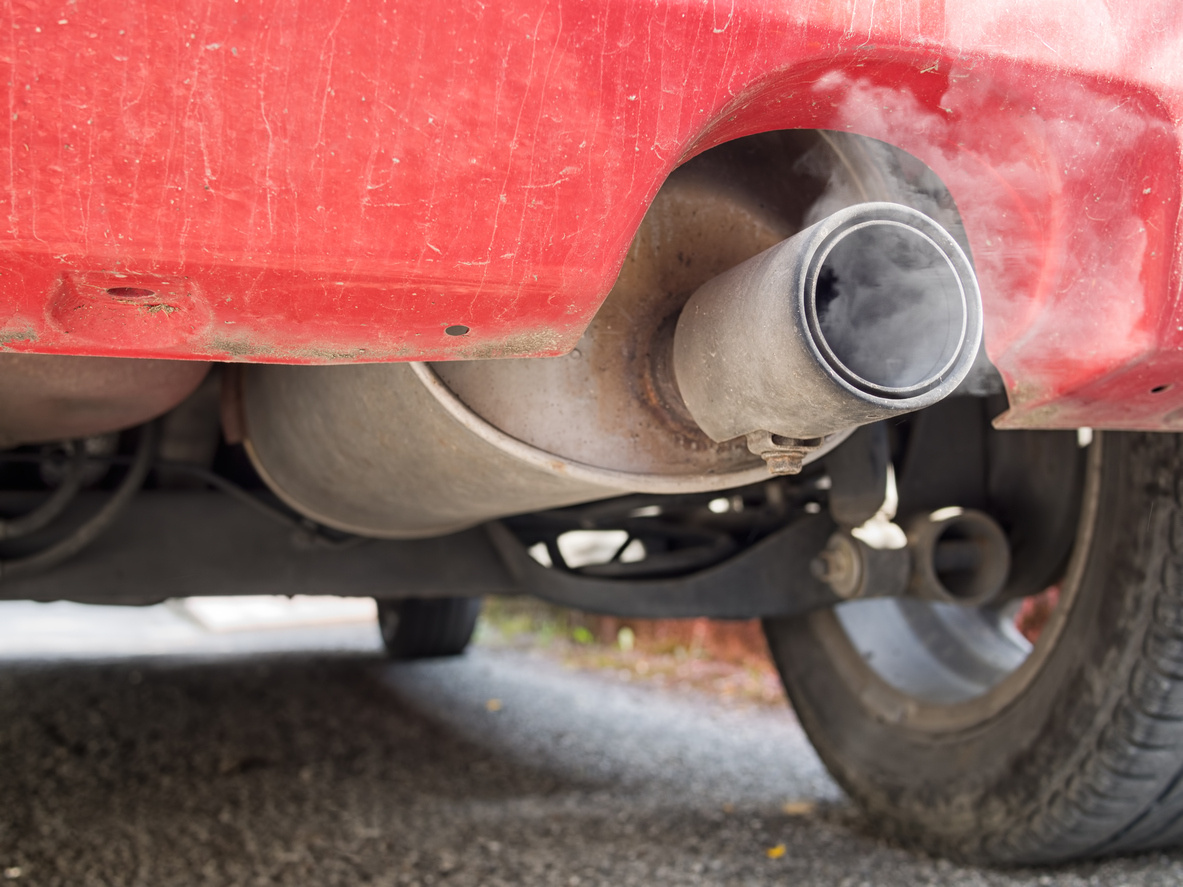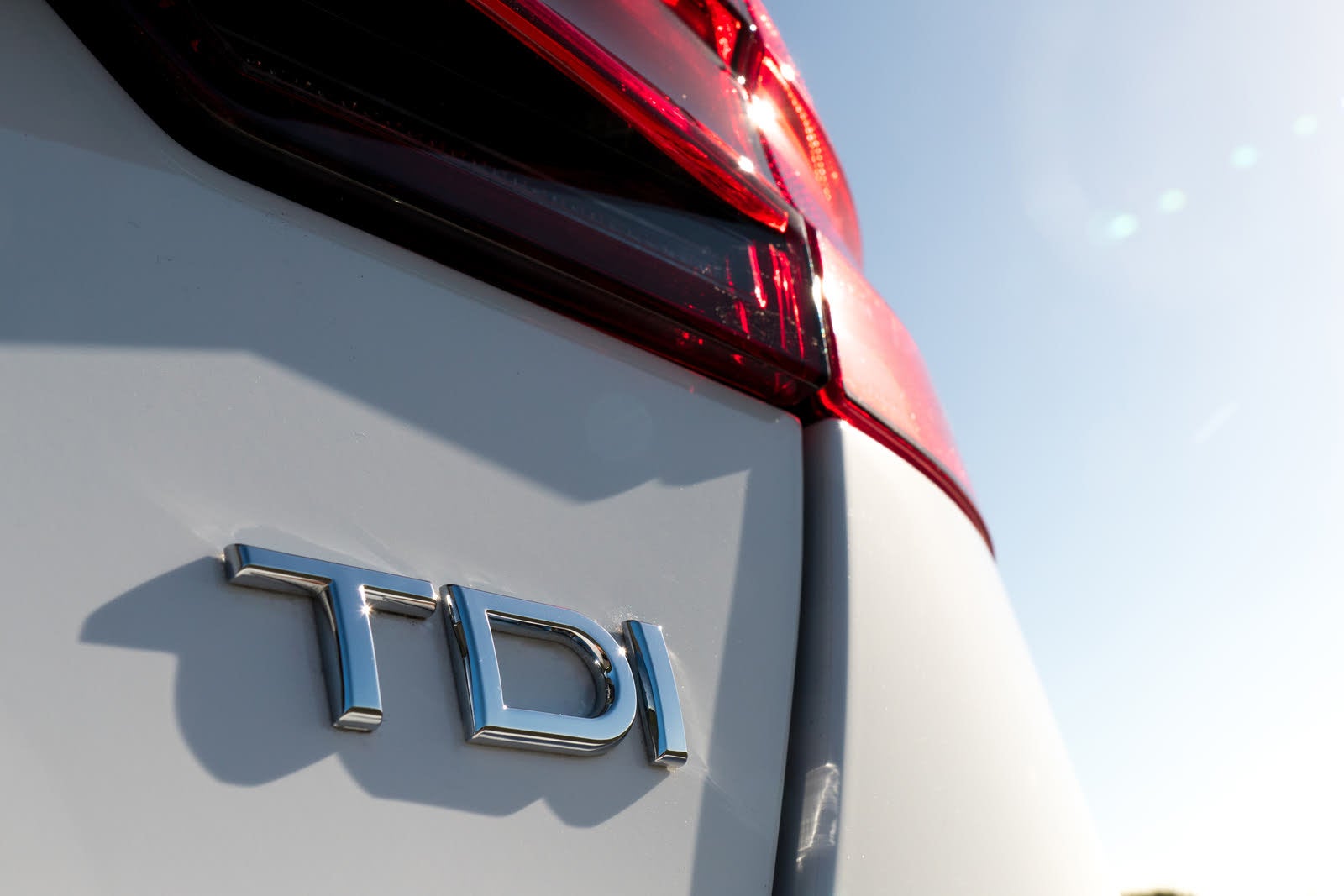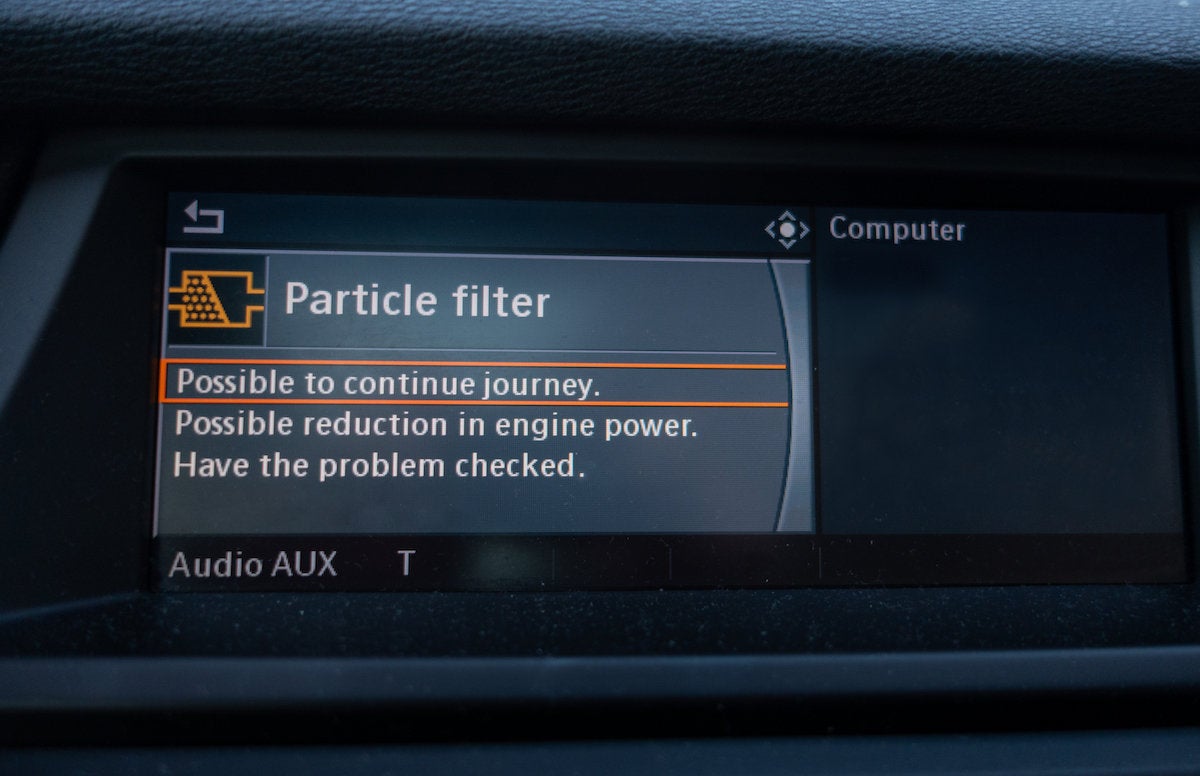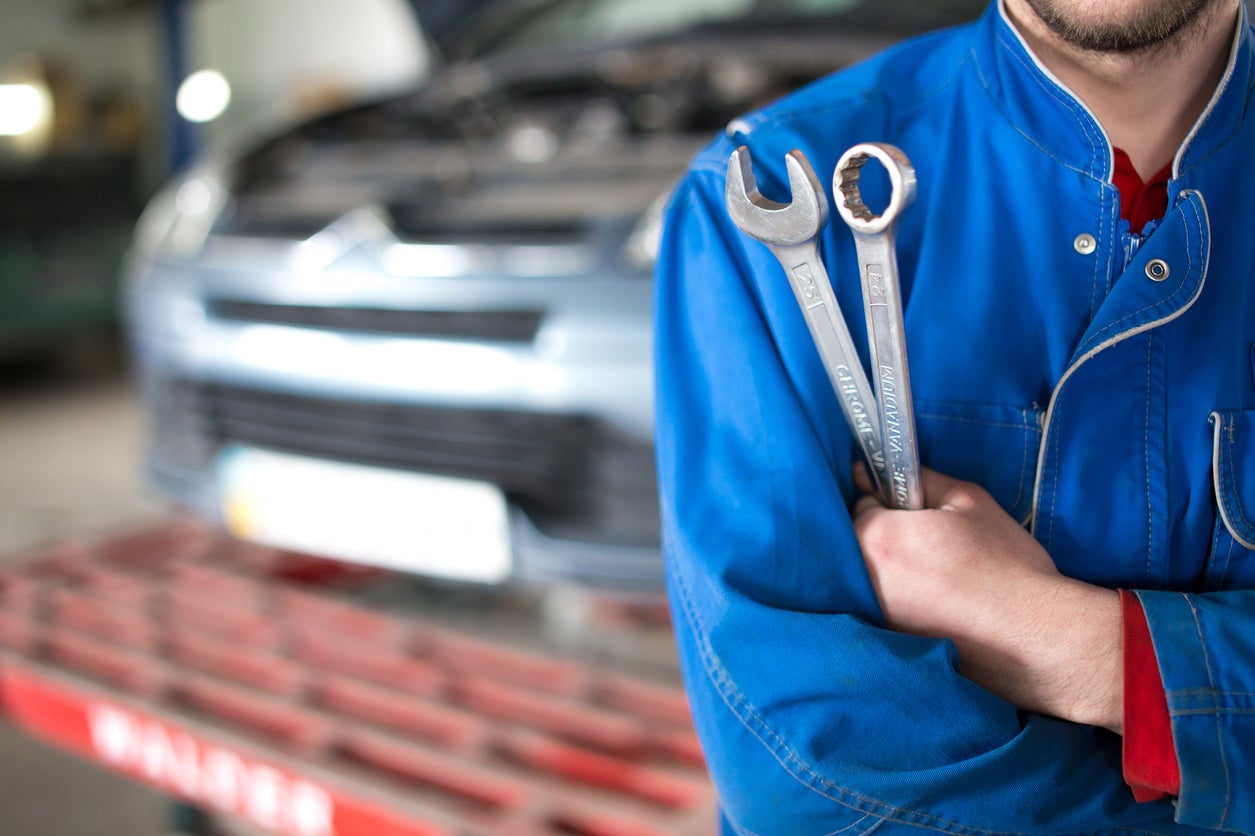If you drive a diesel car built after 2009, when the Euro 5 emissions standard was introduced, it will be fitted with a DPF, which stands for diesel particulate filter. But what exactly is a DPF and, just as important, what do you need to know about it?

What is a Diesel Particulate Filter?
As noted above, DPF stands for diesel particulate filter. Broadly speaking, diesel engines have historically been superior to their petrol equivalents for fuel consumption and CO2 emissions. However, burning diesel still creates soot and harmful particles via the car's exhaust system. A DPF is a component designed to catch upwards of 80% of this particulate matter before it is released into the atmosphere.
However, a DPF has a finite capacity. Once the filter is full, it burns off the worst of the particles before releasing them. This is known as ‘DPF regeneration’. There are two ways it can happen:
-
Passive Regeneration occurs when you are driving on faster roads such as motorways with the engine and exhaust system fully warmed through. You might notice fuel consumption on the instant readout decrease while the regeneration takes place.
-
Active Regeneration takes place if you don’t often drive in the conditions described above. Instead of relying on the already-hot engine and exhaust system to automatically burn off particles, the engine forces a regeneration by injecting more fuel into the cylinders to raise the exhaust temperature to simulate being on a faster road. As the driver, you may notice the car’s fan come on or a ‘hot’ smell from the exhaust. While it varies between cars, in general an active regeneration process lasts for about 10 minutes.

What Causes DPF Problems?
One common DPF problem results from owners using their cars only for short journeys at low speeds, which is unlikely to give enough time for an engine warm through or a regeneration cycle to complete. As a result the particulate matter in the DPF can’t burn off passively, which in time causes an active regeneration to start. However, if you then switch the car off before the cycle completes, the blockage still won’t clear and in time the build-up of soot will trigger a DPF warning light to illuminate within the dashboard warning light display.
Using the wrong grade of engine oil can also cause a blocked DPF, as can skipping scheduled services. Additionally, some cars require an additive called Eolys for active regeneration to occur at lower temperatures. If your car is running low on this fluid, it won’t be able to regenerate. (Note, this is different from AdBlue – see below.)
You might also find that having insufficient diesel in the tank will prevent the car from performing an active regeneration. It’s therefore a good idea to avoid driving with less than a quarter of a tank.

DPF Warning Signs
When your diesel vehicle's DPF reaches roughly 60% of its soot capacity, you’ll see either a warning message or an orange warning light on the car dashboard that looks like an exhaust with spots on it. You can extinguish this light by undergoing a passive regeneration via a constant-speed motorway run. Doing this on a regular basis is a good way of staying on top of the build up of soot particles and ultimately reducing the chances of needing a new dpf.
You might also notice a drop in engine performance or—in the worst-case scenario—the engine management system will cause the car will go into a limp mode to protect the engine from damage.
Cost of Repair or Replacement
If the warning messages don’t disappear after a decent drive, the DPF filter might need cleaning or a ‘forced regeneration’ to remove excess soot. Both of these options can be carried out only at a main dealer or specialist at a cost of about £100-£200.
If your car’s DPF still won’t function properly, it is likely to need a replacement DPF at a cost of at least £1,000 (and possibly much more depending on the make and model of car). For this reason, modern diesel vehicles are not ideally suited to those who only do short journeys consisting of stop-start urban driving where the engine and exhaust system don’t have a chance to warm through.
Does a DPF Require Maintenance?
In theory a DPF should not require any maintenance and should last 100,000 miles or more. However, that depends on the DPF being able to regenerate when necessary, which generally means taking your car on longer journeys on a regular basis (around once every couple of weeks) where you can maintain a constant speed of at least 40mph for 15-20 minutes.
A high-mileage driver will do this as part of his or her normal routine, which is why DPF problems rarely arise for those who regularly take their cars on long journeys.

Is a DPF Covered Under My Warranty?
Whether or not a DPF is covered under a warranty will depend on the make of car and how you use it. A manufacturer or warranty provider might, for example, be more likely to replace a DPF under warranty if you have followed instructions in the handbook about not using the car purely for short runs.
If a failed DPF is not covered under warranty, you may be able to convince your supplying dealer to make a goodwill contribution towards its replacement. However, this will be considered on only a case-by-case basis, and there are no guarantees.
In either instance you’ll need to adhere to the car’s service schedule and make the dealer immediately aware of any warning lights.
DPF Removal
Given all this potential expense, you might wonder if it isn’t easier to remove your car’s DPF entirely. However, to do so would be illegal, because the car would no longer meet its stated exhaust emissions. To check for this, during an MOT test the inspector will look for the presence of a DPF and fail any car where it has been removed.
Driving a car where the DPF has been removed could also invalidate your insurance.
What is AdBlue?
AdBlue is not specifically connected to the DPF. It’s a fluid consisting of water and urea used in another system called Selective Catalytic Reduction (SCR) that features on an increasing number of modern diesels.
SCR is designed to reduce harmful nitrogen oxide particles pouring from a diesel car’s exhaust in order to make it comply with Euro 6 emissions regulations. It does this by injecting tiny amounts of AdBlue into the exhaust gases before they enter the atmosphere.
AdBlue is considered a consumable, so it is the car owner’s responsibility to keep it topped up. Generally speaking this will be carried out as part of routine servicing, but additional top-ups in between are straightforward, with an AdBlue tank having its own clearly marked filler (AdBlue should never be added direct to the fuel tank).

